Photographs: Amit Dave/Reuters. Manu A B in Mumbai
Thousands of people lose their lives in accidents or natural disasters in India as they do not get emergency help at the right time.
In most situations, a phone call can make a big difference in saving many lives. Now a start-up company, Knowlarity Communications, makes use of cloud computing technology to help distressed people to reach out to as many as 3,000 people simultaneously within 60 seconds.
Knowlarity has developed a solution, called Emergency Coordination and Control System (ERCC), which helps people dial a few digits to send pre-recorded voice calls to mobile phones. ERCC is an inexpensive emergency alert system that can be installed in offices.
For instance, a security guard can inform up to 3,000 employees during any emergency like a fire or a robbery by initiating automated telephone call to their mobile phones by calling a number and punching few digits.
Click NEXT to know more about Knowlarity Communications...
Crisis? Inform 3,000 people in just a minute!
Image: School children hold their plates as they wait for their free lunch at a government primary school.Photographs: Krishnendu Halder/Reuters.
One of their successful programmes has been helping the Uttar Pradesh government manage a massive mid-day meal programme that distributes free lunches in schools. Knowlarity's SuperCaller system could call 150,000 schools every day, using automated telephony to find out if the meal was distributed and generate reports in real time.
Bullish on the 'made in India' product's success, Knowlarity is targeting revenues to the tune of $4 million in 2011.
"ERCC finds application in industries, hotels, housing societies, educational institutes, hospitals, theatres, offices, shopping complexes, malls, where a lot of people are present at the same time and could get affected because of a hazard, accident, natural disaster or an attack. The ERCC, based on mobile phone communication, can save a lot of lives," says Ambarish Gupta, co-founder and chief executive officer, Knowlarity Communications.
Click NEXT to know more about Ambarish Gupta's tryst with entrepreneurship and its success so far...
Crisis? Inform 3,000 people in just a minute!
Image: Ambarish Gupta, CEO, Knowlarity Communications.Entrepreneurs have varied motivations to plunge into entrepreneurship. I wanted to make a big impact on how people live in India, besides being able to control the course of my life.
While doing MBA and working with McKinsey in the United States, I got interested in the high growth rate of the industrial sector in emerging markets and how virgin the markets are. I had a network of friends in India, so I came back to start Knowlarity.
What kind of ideas did you have in mind?
Initially, the idea was to use telephony to build marketing analytics solutions for large enterprises. It is a nifty idea as it can allow companies with large customer base -- banks, insurance companies, auto companies to build deep relationships with their customers by connecting them over telephones using hosted IVR technology inexpensively.However, it did not reach the scale that we required and we also had to provide consulting to each enterprise. We needed something more standardised. This is how Superfax.in was born.
Crisis? Inform 3,000 people in just a minute!
Image: Pallav Pandey, Co-founder, Knowlarity Communications.There were multiple constraints. We had problem explaining the idea to clients - most of the Indian enterprises are still working on building a more analytical sales and marketing base.
The bigger problem has been hiring the high quality people to build a globally competitive organisation in India. We used out collective IIT and family network to hire people that we have at Knowlarity. I think we did reasonably good job compared to other organisations here.Did you face financial constraints?
We were lucky to not face such problems because of focus on revenue generation right from the start and multiple rounds of investment raised.
I think the presence highly credible managers in the company is what made the job of raising investment relatively easy. I was able to get Pallav, a seasoned entrepreneur in India, to join early as partner and later had Bipul Parua, a Silicon Valley veteran; Anoop Mishra, an entrepreneur and old friend; and Ankur Goel, a friend from IIT....
Crisis? Inform 3,000 people in just a minute!
Image: Knowlarity staff.SuperCaller is highly programmable hosted IVR platform for making or receiving automated voice telephony calls. The product is used by enterprises to send reminder calls, information dispersal calls and quickly provide their customers relevant information with a simple telephone call.
Superfax.in is a fax to e-mail service that allows people to receive fax on their email as PDF attachment and send fax from email without having to worry about maintaining any fax machine, paper, ink etc. It is essentially a virtual online fax service that replaces fax machines transparently and inexpensively.How many people use these services? How far have these products succeeded in connecting with people?
We have more than 50 enterprises using SuperCaller.
We had a good response from customers of superfax. I know real estate brokers who now receive PDF image of the fax on their Blackberry phones so they can now be more mobile doing business rather than go back to office and literally align all the stars - paper, electricity, machine to make sure the fax lands in the fax machine.
With SuperCaller, we have had hosted multiple political campaigns where we called millions of people in Orissa and Bihar to help politicians connect with voters when time was running out.
We have had an NGO host their telephone number on our server so when thousands of people call simultaneously, they could effortlessly be provided information. With a press of a button they could connect with live agents in the call centre.
It is heartening to make such an impact so early.
...
Crisis? Inform 3,000 people in just a minute!
Image: Knowlarity office at Gurgaon.People are excited that we are India-centric. They appreciate the fact that we can be flexible in solving their problems with our technology. Given that we developed the technology ourselves, I think we also surprise them with a low-cost solution.
How has the company's sales done so far?
We have a very robust grown rate and touched multiple million dollar sales in last two years. We are targeting revenues of $4 million in 2011.
Crisis? Inform 3,000 people in just a minute!
Image: Mobile phone, key for ERCC.ERCC is a very inexpensive emergency alert system for offices. It is a hosted service and can be bought for around Rs 50 per employee per month.
We deliberately kept a low price point to get a better coverage in office buildings and residential complexes across the country.
How can a user access this ERCC system? How does this system work?
Each subscriber is provided a personal number. They can call up that number from their mobile phone and punch in a pass code to trigger emergency calls to office workers/residents.
We have an office admin upload the list of the employee mobile phone numbers on our website. We provide the admin with a personalised login, password and a telephone number to call in case of emergency.
So even a security guard can call up the number and punch in pass code to trigger automated telephone calls to all the employees on the website. The message can be pre-recorded message by the admin. It can also be recorded at the time of emergency and sent.
. . .
Crisis? Inform 3,000 people in just a minute!
Image: Knowlarity staff.It took us around two years to develop the platform and the applications. There is a large market for such products but we had to educate the market about the possibility of such technology.
We faced an initial resistance due to lack of awareness. However, we are now on track for wide adoption of ERCC in India.What kind of challenges do you face now? How many people have you hired?
There is no dearth of challenges but lately the challenges have been in hiring people and getting high quality senior managers to manage the increasing headcount.
We have more than 60 people in the company.
...
Crisis? Inform 3,000 people in just a minute!
Image: India, changing with the times.Photographs: Reuters.
We have invested more than $2 million in external funding and existing profits from operations.
We set ourselves a pretty challenging growth rate. There are areas of improvement but we are quite happy with the growth so far.With the initial focus on revenue generation, we are very close to profitability. However, the focus currently is growth with the help of external investment.
What are the advantages and disadvantages of working in India?
The changed mindset, optimism and the youth are great to work with. People are open to possibilities and that provides a very nice environment for an innovation-focussed organisation.The challenges however come in educating customers, suppliers and employees about what is possible with this technology. It would have been very difficult if people were not receptive to new things in India.
...
Crisis? Inform 3,000 people in just a minute!
Image: Knowlarity staff.I think we are going to have rural economy more widely integrate with main stream. The communication revolution has made information accessible and that is a huge thing for someone sitting in a remote town.
I think the enterprises will become more analytical in marketing, operations and product development with access to all the consumer data.This revolution has created immense opportunities for enterpreneurs with fire in the belly to "do something".
What are your future plans?
We will continue to develop telephony-based productivity tools for the small and medium enterprises in India and soon diversify to other emerging markets with similar set of economic and telecom environment. It is an exciting road ahead.

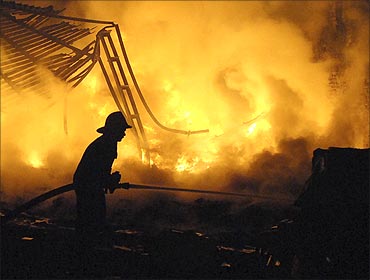
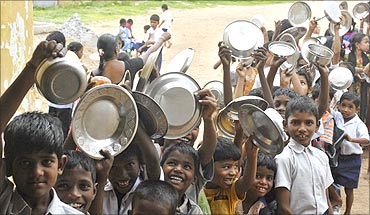
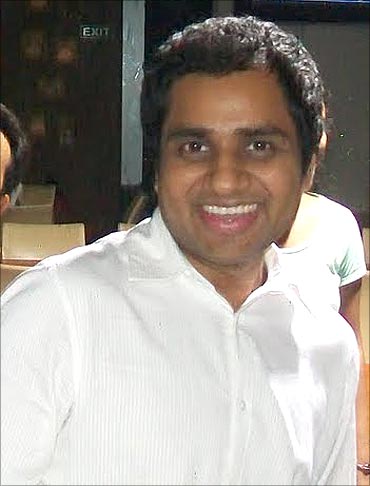
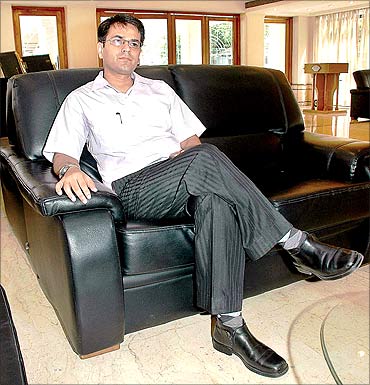
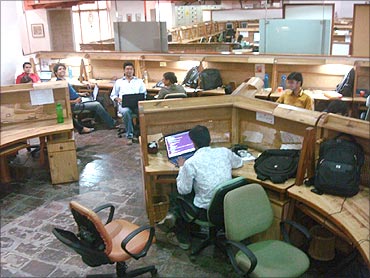
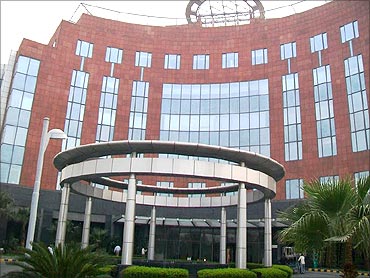

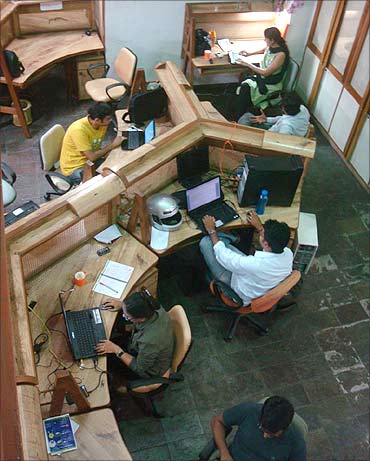
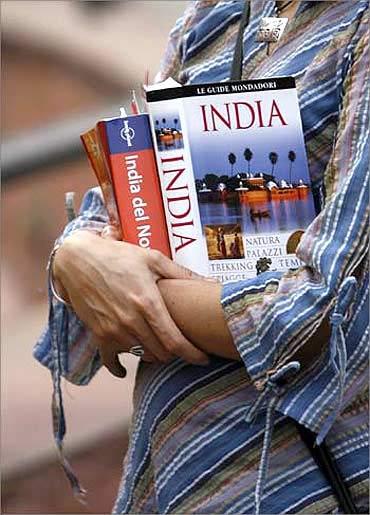
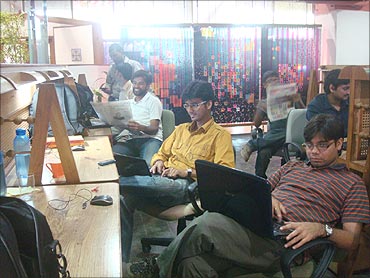
article